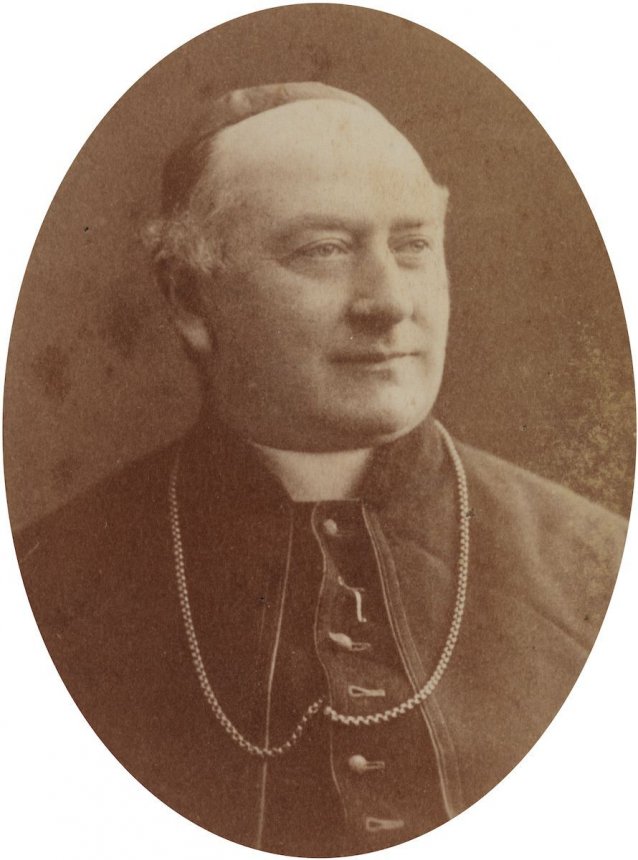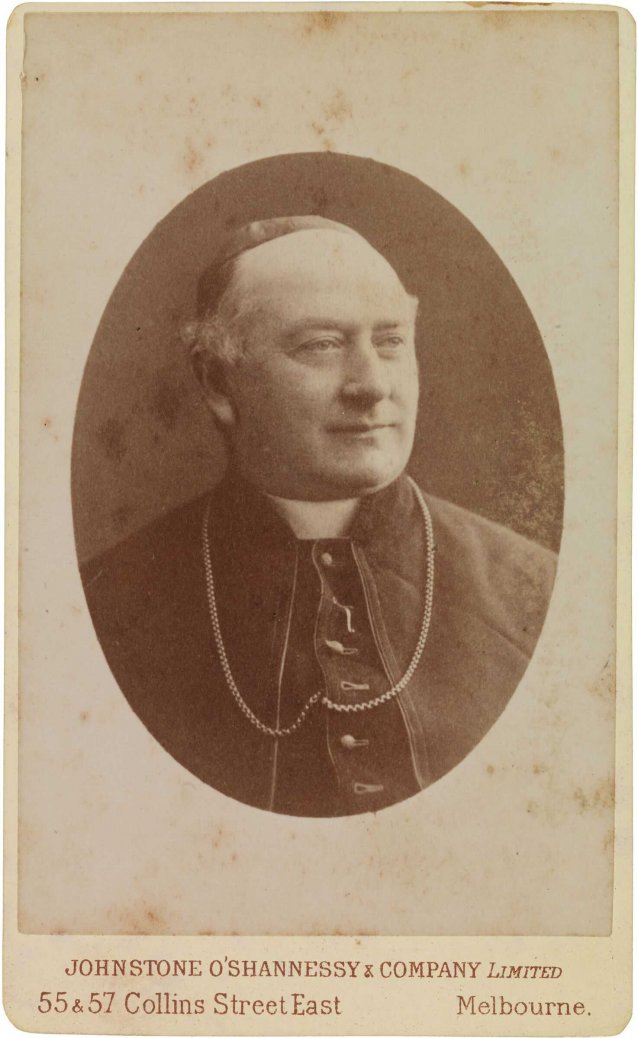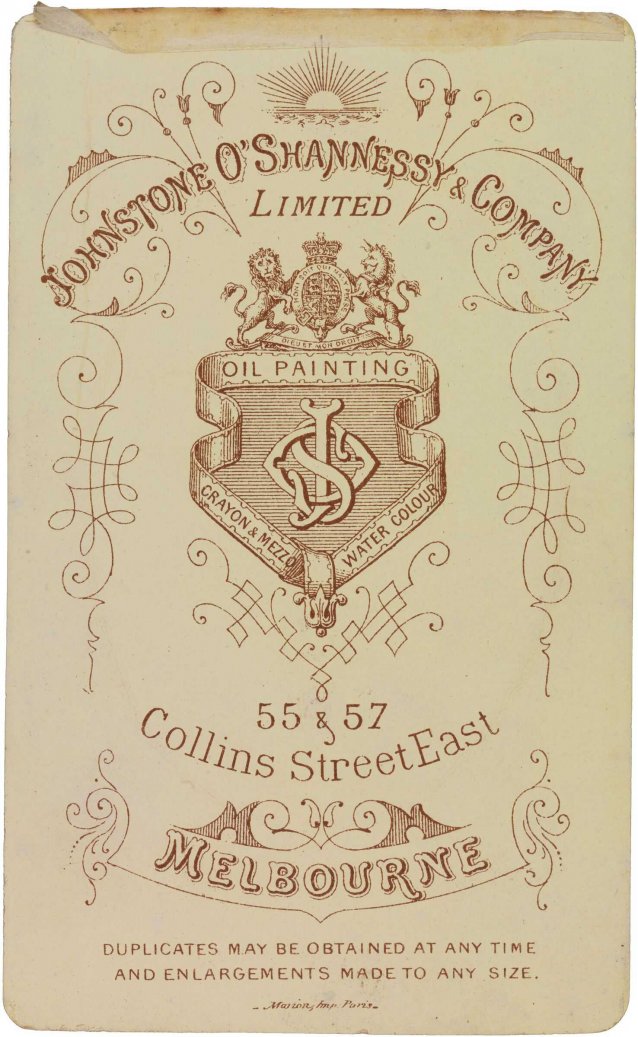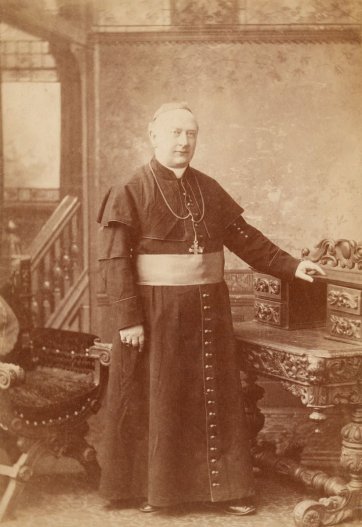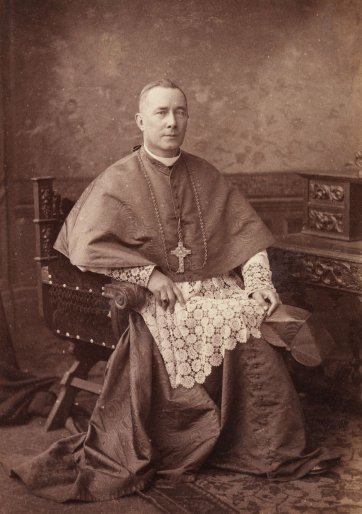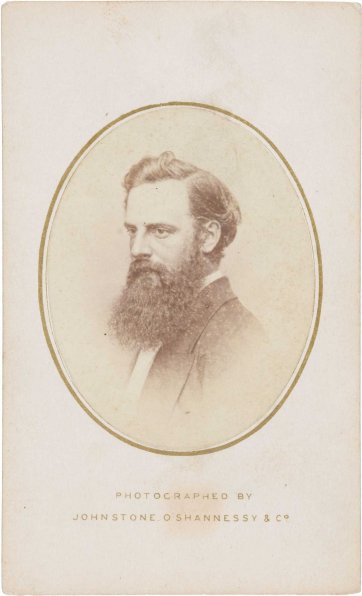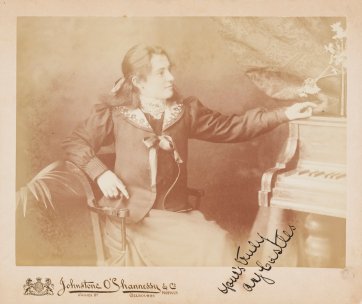Thomas Joseph Carr (1839–1917) was the second Catholic archbishop of Melbourne, the successor to James Alipius Goold. Carr was educated in his native Ireland, studying at Maynooth before being ordained priest in 1866. Returning to Maynooth in 1874, he taught dogmatic theology and became vice-president of the college. In 1885 he was appointed to Melbourne, his appointment delighting Sydney-based Cardinal Moran, who thenceforth consulted him constantly. During a period of rapid growth in post-goldrush Melbourne, Carr oversaw the construction of many new churches, convents and schools and the importation of much-needed priests and nuns. By the time he died, some 50 000 Victorian children were in Catholic schools. Carr laid the foundation stone of Newman College at the University of Melbourne, which later developed under his successor, Daniel Mannix. Convivial and urbane, an ‘excellent shot, card-player and clubman’, he had friends of all kinds including the Earl of Hopetoun and Tom Roberts; he attended the opening of Parliament in 1901. It was during his archiepiscopate, in 1897, that St Patrick’s Cathedral was completed. Carr founded the journals Austral Light and Tribune and, in 1904, the Australian Catholic Truth Society. John Molony wrote that Carr’s ‘obesity became the outward sign of a spirit at peace with all its surroundings’. In 1913 Mannix became his coadjutor; Carr was happy to let the younger man stretch himself, and indeed within a few years Mannix was nemesis of Prime Minister Billy Hughes. When Carr died, Hughes paid tribute to his efforts to promote peace throughout the community. Carr is buried in St Patrick’s.
Collection: National Portrait Gallery
Purchased 2010
The National Portrait Gallery respects the artistic and intellectual property rights of others. Works of art from the collection are reproduced as per the
Australian Copyright Act 1968 (Cth). The use of images of works from the collection may be restricted under the Act. Requests for a reproduction of a work of art can be made through a
Reproduction request. For further information please contact
NPG Copyright.
